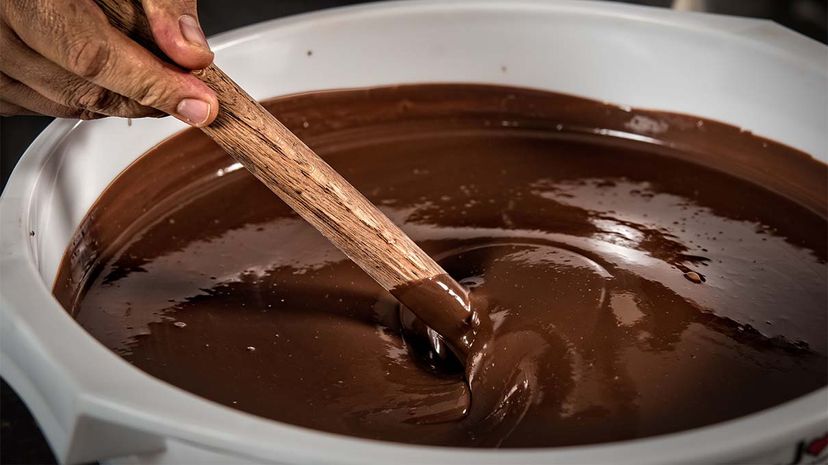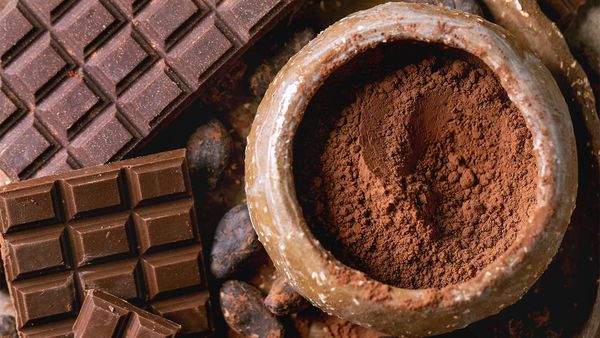
Sure, we all know people who prefer gummy bears, licorice or peanut brittle, but let's be honest: Chocolate lovers outnumber those other weirdos by a significant margin. Chocolate is full of fat and sugar and laced with caffeine, but its sales have been steadily increasing in the U.S. over the past decade, even as overall candy sales have declined. The results of some recent studies have even implied that chocolate might be considered a "health food."
But have you ever considered the environmental impact of that chocolate stash you have hidden in your desk drawer? Some researchers at The University of Manchester wondered about it and calculated the carbon footprint of chocolate production in the U.K. in a study published in the April 2018 issue of Food Research International by considering each element of chocolate production, from the individual ingredients to the manufacturing processes to the packaging.
Advertisement
When you consider its carbon footprint, chocolate has a dark(er) side. The researchers focused on the three chocolate products that make up 90 percent of the country's chocolate market: individually sold milk chocolate bars, sharing bags and molded chocolate sold by weight. The research team calculated that the U.K.chocolate industry produces about 2.3 tons (2.1 metric tons) of greenhouse gases each year, as much as would be produced by a city the size of Belfast, Ireland, or El Paso, Texas. Perhaps more alarmingly, it takes about 264 gallons (1,000 liters) of water to produce a single chocolate bar.
The research team took into consideration not only the transportation and production of raw materials necessary to manufacture chocolate, but also the energy and natural resources, transportation, distribution and storage, and post-consumer waste involved in the process. Unsurprisingly, the researchers found the most environmentally problematic chocolate products to be the sharing bags — large bags of individually wrapped candies — since their ingredients and excessive packaging carry larger carbon footprints. Of all the ingredients contained in chocolate, the cocoa (which is shipped to the U.K. from countries in West Africa and Central and South America) and the milk (the production of which is incredibly energy-intensive) pack the most punch as far as greenhouse gas production is concerned.
"It is true that our love of chocolate has environmental consequences for the planet," said lead author Adisa Azapagic, head of Sustainable Industrial Systems at the University of Manchester, in a press release. "But let's be clear, we aren't saying people should stop eating it. The point of this study is to raise consumers' awareness and enable more informed choices. Also, we hope this work will help the chocolates industry to target the environmental hotspots in the supply chains and make chocolate products as sustainable as possible."
Learn more about chocolate in "Chocolate: The Sweet History" by Beth Kimmerle. HowStuffWorks picks related titles based on books we think you'll like. Should you choose to buy one, we'll receive a portion of the sale.
Advertisement

